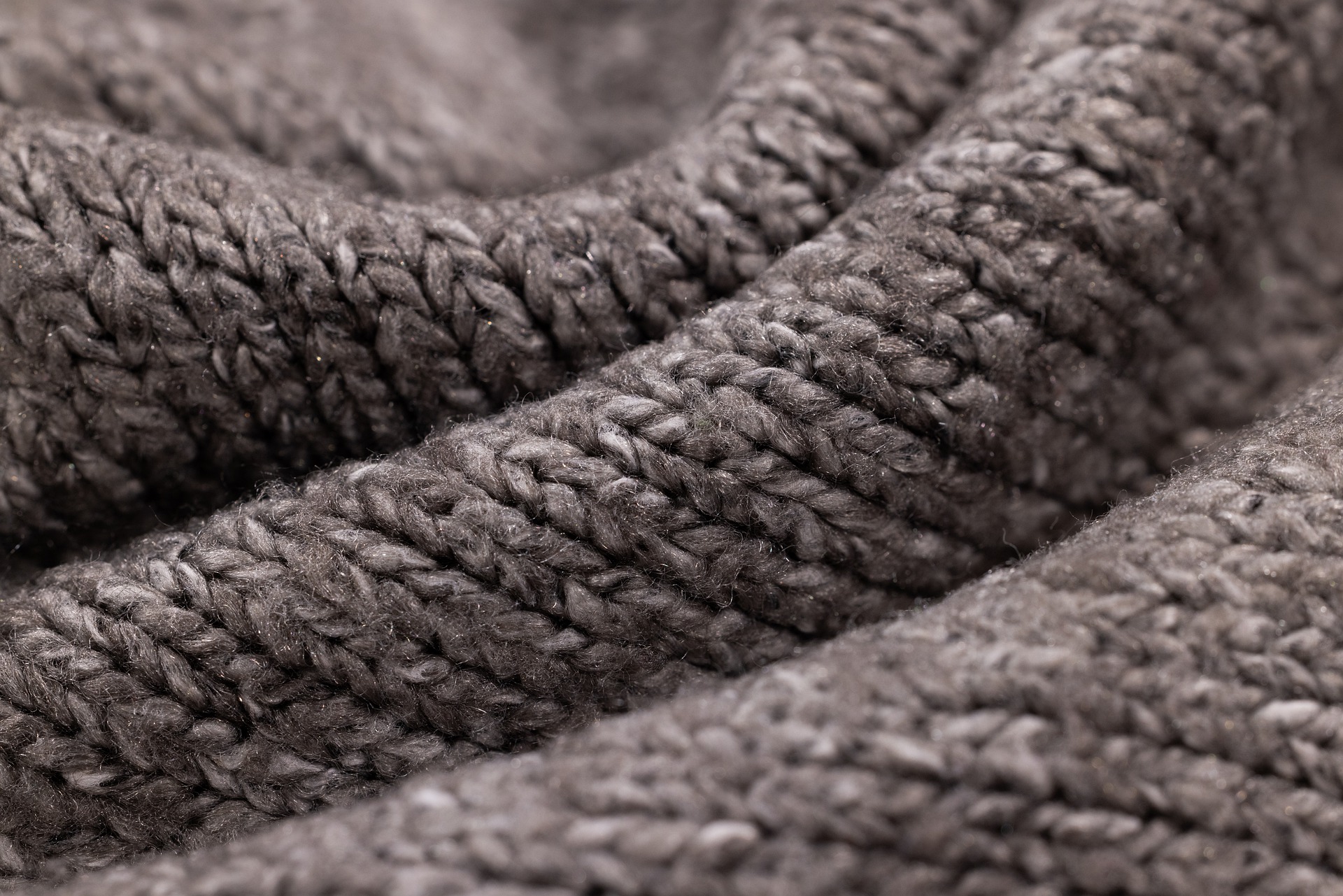The modern market is filled with various options and materials when it comes to clothes and shoes and, the people who are concerned about the natural environment are doing their best to minimise the negative impact of the nature. Still, when it comes to the issues related to the production of textile materials as well as other materials used in clothes, shoes and accessories can be rather confusing.
This article will show you more of the crucial facts about the differences between natural and synthetic textile materials so that you will be able to make better choices.
Wearing plastics
First of all, if you are serious about your plan to live an ecologically-friendly lifestyle, you should learn how to distinguish particular types of textiles which are frequently used for the production of clothes. Why is it so important for the natural environment? The answer is simple. The polymers used for the creation of artificial threads which are then used for the production of fabrics are the same as the ones used in the production of plastic goods. Indeed, this might not be so obvious, however, a beautiful light dress which seems to be made of such a soft and pleasant semi-transparent material was actually produced with the usage of the polyethylene which is the same PET used for the production of plastic bottles, water pipes as well as a whole variety of other goods which do not resemble clothes at all.
There is no problem is purchasing such goods under one condition which is an intention of having such a piece of clothes for years. Otherwise, throwing it away will give the same effect as throwing plastic bags away if not a worse one, since it is not obvious how such materials can be recycled properly.
Unfortunately, despite of all of its serious impact on the ecology which is certainly not only limited to the recycling process but is also about the whole oil industry which is required for the production, clothes made of artificial materials is usually cheaper than the one produced from the natural materials which are completely biodegradable.
How to distinguish artificial fabrics from the natural ones in the shop?
The method which will certainly work if you want to understand whether the piece of clothes you would like to get is made of a natural material or not is certainly reading the information attached to the garment. Fortunately, such information is available to the customers as a rule and in many places of the world, it is pretty reliable.
It is crucial to develop a habit of always checking such information regardless of whether you are sure about the possible content of a product or not. Indeed, in some situations touching a garment might give you some sensory feeling which you can associate with particular natural materials, however this cannot be used as a reliable proof of the natural origin of the threads used for such a fabric.
Furthermore, you absolutely should not believe your eyes when it comes to clothes. You might find some materials looking exactly like their natural alternatives, but you should not let your eyes to deceive you. This is particularly important since there is a whole range of artificial fabrics which are on purpose made in such a way as to create an impression of a natural material.
Here you will find some particularly misguiding materials.
Artificial wool
Unfortunately, finding out whether a piece of clothes was made of natural wool or an artificial alternative can be extremely difficult. Of course, there are sweaters and muttons of a rather low quality which can be noticed right away, so that you will immediately understand the material cannot be natural, however, in many cases the task is challenging. Moreover, it is even more difficult to notice such a difference since you will hardly find a piece of clothes made completely of natural wool.
In practice, you will find a variety of goods made of a blend of real wool with artificial materials. Be careful, as some of the blends might be called by manufacturers as woollen, while in the reality the amount of wool in them will be as little as three percent.
Artificial linen
Linen materials has a very specific structure which can be noticed as a first glance, however, manufacturers are capable of creating the same appearance for the materials made of polyester or polyamide.
One of the most typical features of artificial threads used for fake wool and linen is their unnaturally shiny appearance. If you notice anything such in a piece of clothes, you can be sure it is not made of natural wool or linen. This rule certainly works in such a way, however, even if the so-called woollen or linen garment does not have any shining effect, it does not mean the material used for its production is natural.

